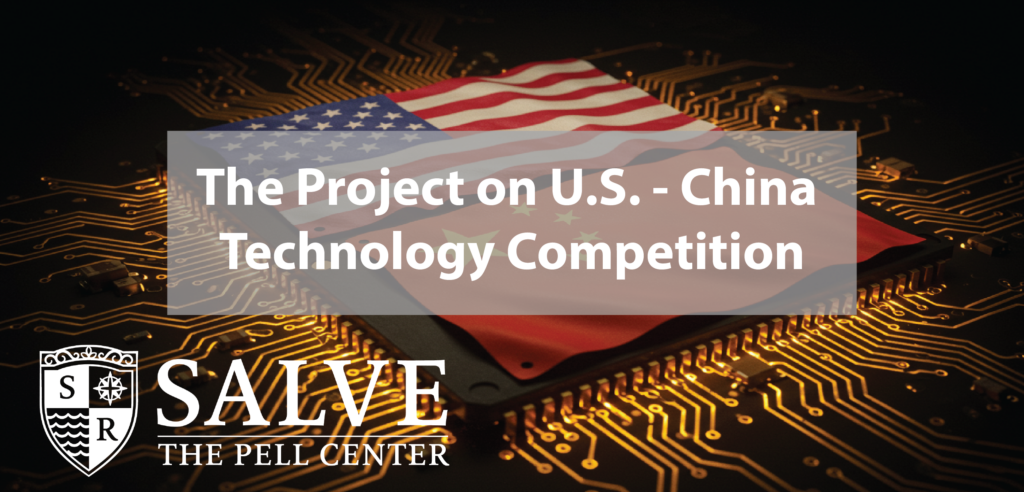The Project on U.S. – China Technology Competition
At the height of the Cold War, the United States developed a generation of era-defining weapons technology because of a Soviet technological breakthrough. The Soviets were the first to understand the science behind low-observable technology—stealth—but American defense industry turned that science into weapons systems.
Now, in a new era of great power competition, the race for technological breakthrough and superiority isn’t limited to weapons labs and government programs. Massive, publicly traded companies and small-start-ups all contribute to the technology competition between the United States and its rivals. Nowhere is this competition more fierce and more fraught than in the U.S.-China relationships, where cross-boarder investments, technology-sharing, espionage, educational institutions, scientific exchange, and the simple reality of global trade make the transfer and adoption of sensitive technologies a common practice.
In this series of papers, respected scholars and policy practitioners explore the contours of U.S-China technology competition, its main features, and the solutions the U.S. government—and American corporations—must adopt to protect American national security in the years ahead.
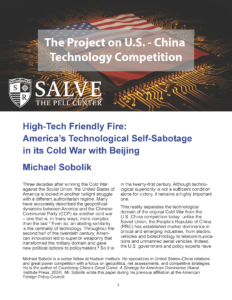 High-Tech Friendly Fire: America’s Technological Self-Sabotage in its Cold War with Beijing
High-Tech Friendly Fire: America’s Technological Self-Sabotage in its Cold War with Beijing
Michael Sobolik
This reality separates the technological domain of the original Cold War from the U.S.-China competition today: unlike the Soviet Union, the People’s Republic of China (PRC) has established market dominance in critical and emerging industries, from electric vehicles and biotechnology to telecommunications and unmanned aerial vehicles. Hudson Institute senior fellow Michael Sobolik warns the challenge is made worse by U.S. companies who knowingly share advanced technology with the People’s Republic of China.
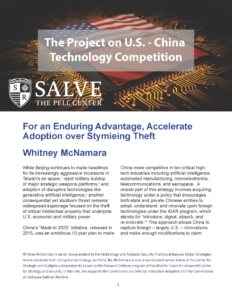 For An Enduring Advantage, Accelerate Adoption over Stymieing Theft
For An Enduring Advantage, Accelerate Adoption over Stymieing Theft
Whitney McNamara
China is acquiring advanced U.S. technology—whether through espionage, theft, or open collaboration. To better manage the risk of Chinese technology outpacing American technology, Whitney McNamara calls on the U.S. Department of Defense to not just out-innovate, but to actually adopt new technology to meet the national security needs of the coming era.
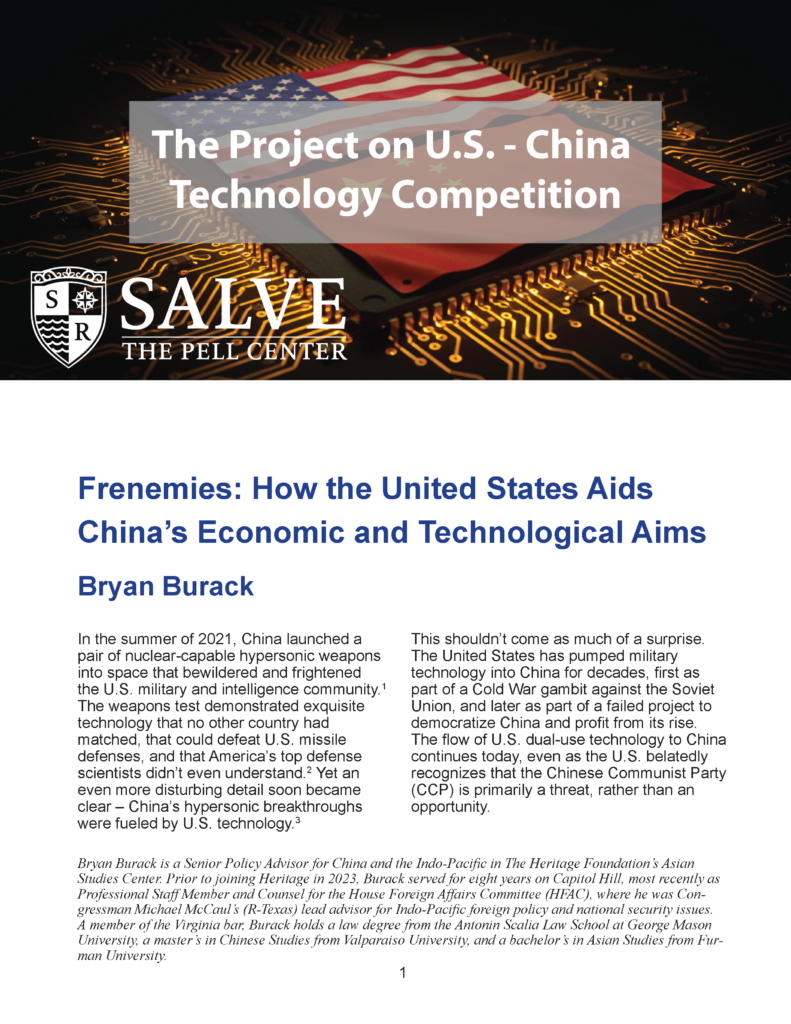 Frenemies: How the United States Aids China’s Economic and Technological Aims
Frenemies: How the United States Aids China’s Economic and Technological Aims
Bryan Burack
U.S. policy grants China preferential access to U.S. technology exports and the research institutions that produce U.S. technology breakthroughs. The Heritage Foundation’s Bryan Burack says this special treatment helps the CCP exploit American technology and aid its military modernization, human rights atrocities, and economic warfare.
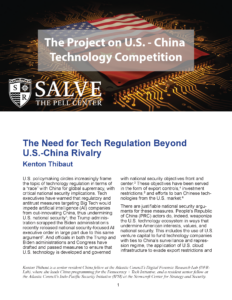 The Need for Tech Regulation Beyond U.S.-China Rivalry
The Need for Tech Regulation Beyond U.S.-China Rivalry
Kenton Thibaut
Both the Biden and Trump administrations have recognized the challenge posed by China’s technological competition with the United States. Still, the Atlantic Council’s Kenton Thibaut warns, China has been able to exploit U.S. technology, leverage American investment, and train its AI models while gathering sensitive information about Americans using Chinese platforms.

